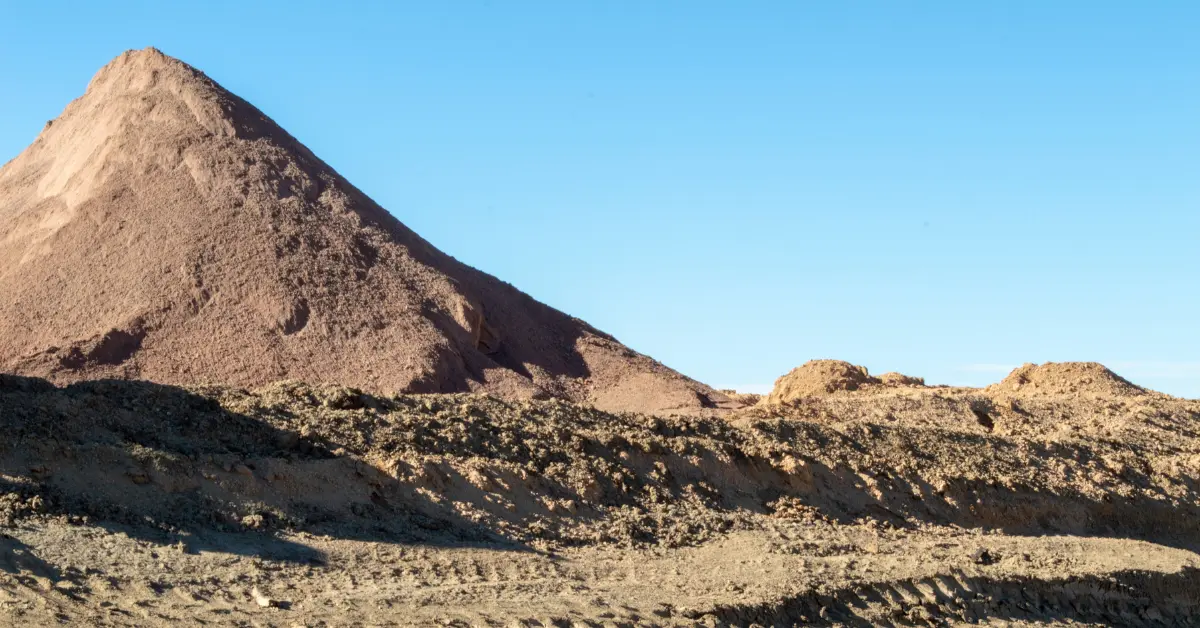
Structural fill dirt is widely used in various building and infrastructure projects. It is commonly employed in creating solid bases for highways, parking lots, and building foundations. The benefits of structural soil extend to its use in landscape shaping and erosion control, making it a versatile choice for both horizontal and vertical construction endeavors. Its role in providing fill dirt for stability is pivotal in areas prone to environmental changes that might undermine the integrity of weaker soils.

Properties of Structural Fill Dirt
Compaction Strength for Stability
Its compaction strength is a critical attribute that ensures stability for construction projects. Properly compacted fill material minimizes air pockets and uneven settlement, common causes of structural failures. This attribute is critical when structural fill dirt is used for construction under foundations or in load-bearing areas, where the ability to support heavy loads without significant deformation is crucial.
Load-Bearing Capacity and Resistance to Erosion
Construction-grade fill dirt is valued for its excellent load-bearing capacity, making it suitable for supporting heavy structures like skyscrapers, bridges, and large public facilities. Due to its ideal moisture content and grain size distribution, when compacted, it forms a dense, durable aggregate that evenly distributes weight and reduces the strain on the underlying soils. Structural fill dirt offers superior resistance to erosion and shifting, which is crucial for maintaining the integrity of construction sites, particularly in areas prone to heavy rain and flooding. Resistance helps safeguard the site against environmental stressors that can cause erosion or shift, ensuring that the construction materials remain securely in place over time.
Water Drainage Capabilities
Effective water drainage is another beneficial property of structural fill dirt. It prevents water from pooling, which can lead to soil instability. The fill material's permeability allows for swift drainage of excess water, which is crucial in preventing soil saturation and subsequent swelling, both of which can severely undermine a project's structural integrity.
Compatibility with Other Construction Materials
It is also engineered to be highly compatible with other construction materials, such as concrete, asphalt, and reinforcing steel. Compatibility ensures that the fill material binds well with these materials, creating a cohesive structure that enhances the overall strength and durability of the project. This characteristic is vital for structural fill for site grading and other preparatory work where different materials must integrate seamlessly for optimal construction outcomes.
Benefits of Using Structural Fill Dirt
The use of structural fill dirt in construction and land development offers a suite of critical advantages that directly impact the success, safety, and longevity of projects. Foremost among these is the improvement of soil stability. Structural fill dirt is specifically engineered and selected for its ability to create a uniform, compacted base that resists displacement and uneven settlement. When properly placed and compacted, it minimizes the presence of air pockets and loose zones beneath foundations, which are common culprits behind structural failures. This enhanced stability is especially vital in areas where native soils are weak, variable, or prone to shifting due to moisture fluctuations or environmental changes. By providing a consistent and reliable platform, structural fill dirt ensures that buildings, roads, and other infrastructure are less susceptible to the differential settlement that can cause cracks, deformation, or even catastrophic failure over time.
Another significant advantage is the prevention of settling and shifting. Structural fill dirt is designed to maintain its volume and integrity under the weight of heavy loads, such as those imposed by multi-story buildings, bridges, or large-scale infrastructure. Its granular composition and optimal moisture content allow for thorough compaction, which locks particles together and distributes loads evenly across the base. This prevents localized sinking or movement, protecting the structural elements above and reducing the need for costly remediation or repairs in the future. In regions with soft or compressible native soils, the use of structural fill dirt is often a prerequisite for meeting engineering standards and ensuring that the finished project remains level and intact for decades.
Durability is another key benefit of structural fill dirt. Unlike organic-rich soils that can decompose and settle over time, structural fill dirt is composed primarily of inorganic materials such as sand, silt, clay, and small aggregates. This composition makes it resistant to erosion, weathering, and the effects of freeze-thaw cycles or seasonal moisture changes. As a result, structures built on a base of structural fill dirt are less likely to experience foundation issues or surface irregularities caused by soil movement. The durability of the fill material translates into a longer lifespan for the entire project, reducing maintenance needs and ensuring that roads, pads, and foundations remain serviceable and safe. Structural fill dirt offers notable cost-effectiveness, especially for large-scale projects. Its widespread availability and the ability to source it locally or reuse excavated material from the site can significantly reduce material and transportation costs. Compared to alternatives like gravel, concrete, or imported engineered soils, structural fill dirt is often more affordable per cubic yard, making it the material of choice for projects requiring substantial volumes of fill. Additionally, its effectiveness in creating stable, durable bases reduces the likelihood of future repairs and associated expenses, further enhancing its value proposition. For developers and contractors, these combined benefits—improved soil stability, prevention of settling and shifting, enhanced durability, and cost-effectiveness—make structural fill dirt an indispensable component in the foundation of successful construction and land development endeavors.
Cost Considerations and Long-Term Value
When evaluating construction and land development projects, the economic implications of using structural fill dirt are significant and multifaceted. At the outset, structural fill dirt offers a cost-effective solution compared to alternative materials like gravel, concrete, or high-quality topsoil. The initial cost per cubic yard for fill dirt is typically lower, mainly when sourced locally or reused from on-site excavation, which can further reduce expenses related to transportation and material procurement. Many suppliers and contractors emphasize that leveraging excess soil from other projects or nearby sources can minimize both direct purchase costs and disposal fees, providing immediate budget relief. The widespread availability of structural fill dirt makes it a practical choice for large-scale projects where the volume of material required would make costlier alternatives prohibitive.
Beyond the upfront savings, the long-term economic benefits of structural fill dirt become even more apparent when considering the lifecycle of a structure. Properly selected and compacted fill dirt forms a stable, load-bearing base that minimizes the risk of uneven settling, shifting, or erosion over time. This stability directly translates to fewer structural issues, such as foundation cracks, wall fissures, or uneven floors, all of which can be costly to repair. By preventing these common problems, structural fill dirt reduces the need for maintenance and remediation, allowing property owners and developers to avoid surprise expenses that might arise years after project completion. In regions prone to challenging soil conditions or fluctuating weather, the right fill dirt composition can also mitigate risks associated with water intrusion or soil movement, further safeguarding the investment. Moreover, the durability imparted by proper use of structural fill dirt enhances the overall lifespan of constructed facilities. A well-prepared foundation that resists settlement and maintains its integrity through weather extremes ensures that buildings, roads, and infrastructure remain safe and functional for decades. This durability not only protects the original investment but can also enhance property values and reduce lifecycle costs, as structures are less likely to require major overhauls or foundation repairs. In many cases, the initial investment in high-quality fill dirt is offset within a few years by the reduction in maintenance costs and the avoidance of expensive structural failures. For developers and contractors, these long-term savings contribute to a more predictable project budget and a stronger return on investment.
Environmental Impact and Sustainability
When evaluating the use of structural fill dirt in construction and land development, environmental considerations play a critical role in responsible project planning. Sourcing, transporting, and applying fill dirt can have significant ecological impacts, underscoring the need to adopt sustainable practices and ensure compliance with environmental regulations. One of the primary environmental concerns is the way fill dirt is sourced. Unsustainable extraction from natural landscapes can lead to habitat destruction, soil erosion, and biodiversity loss. To minimize these effects, it is important to work with suppliers who prioritize sustainable sourcing. This approach not only conserves natural resources but also reduces the carbon footprint associated with transporting new materials over long distances.
Incorporating recycled materials into structural fill dirt is another key strategy for enhancing sustainability. Using recycled aggregates, such as crushed asphalt or reclaimed soil, reduces the demand for virgin material extraction and diverts waste from landfills. This practice supports a circular economy within the construction industry and helps lower greenhouse gas emissions generated by both production and transportation. However, it is crucial to ensure that any recycled content meets the necessary engineering and environmental standards for structural fill, preventing the introduction of contaminants that could harm soil or groundwater quality. The potential ecological impacts of fill dirt placement extend beyond sourcing. If not managed properly, fill dirt can contribute to soil erosion, sediment runoff, and waterway pollution—especially during and after construction. Implementing effective erosion control measures, such as silt fences, vegetation cover, and retaining walls, is essential to stabilize disturbed soils and protect surrounding ecosystems. Vegetative cover, in particular, helps anchor the soil, reducing runoff and encouraging the restoration of natural habitats over time. Additionally, careful site management further mitigates adverse environmental impacts.

Regulatory Compliance and Testing
Adhering to building codes and regulations, as well as the role of testing methods like Proctor compaction tests, ensures structural fill dirt meets project requirements. Compliance with environmental regulations is a non-negotiable aspect of using structural fill dirt. Most jurisdictions require documentation verifying that fill dirt is free from hazardous substances and meets specific quality benchmarks. Environmental testing and certification should confirm that the material does not contain contaminants that could leach into the ground or nearby water sources. Adhering to local, state, and federal guidelines not only ensures legal compliance but also safeguards public health and the environment. Many projects must submit environmental impact assessments or obtain permits before dirt can be imported and used, especially in areas close to protected habitats or water bodies.
Site Preparation and Application Techniques
The processes and best practices for preparing sites, placing, spreading, and compacting structural fill dirt to achieve optimal results in various construction scenarios.
Leveling Uneven Terrain
This leveling is crucial for ensuring that foundations are laid on solid ground, minimizing risks associated with uneven land, such as structural stress or water pooling, which can compromise building integrity. The process involves distributing fill dirt for land projects evenly across the designated area and compacting it to the required specifications.
Creating Stable Building Pads and Roadbeds
Instrumental in creating stable building pads and roadbeds, these offer a robust base that can support significant loads and traffic without settling or shifting. These pads and roadbeds form the critical link between the ground and the structures above, making the quality and execution of this step vital to the overall success of construction projects.
Techniques for Spreading and Compacting Fill Dirt
Spreading and compacting fill dirt are pivotal techniques in construction and land development, ensuring the soil is adequately prepared to support structures reliably. Here is a detailed process and best practices:
- Even Distribution: The first step in preparing fill dirt for compaction is ensuring even distribution across the site. Using heavy equipment such as bulldozers, graders, or skid steers, operators spread the stable fill dirt for building uniformly to avoid excessive accumulation in some areas while leaving gaps in others. This step is crucial because uneven distribution can result in weak spots that compromise the foundation’s integrity. Workers often follow a systematic pattern, spreading dirt in controlled passes to ensure consistency. Additionally, laser grading systems or GPS-guided equipment can improve precision, especially for large-scale projects.
- Moisture Control: If the soil is too dry, it will not bind properly, leading to loose, unstable ground. Conversely, excessive moisture can cause the dirt to become muddy, making it difficult to achieve a firm, supportive base. Contractors use water trucks or hoses to add moisture when needed, ensuring the soil reaches the ideal compaction level. In drier conditions, lightly misting each layer before compaction helps bind particles together. In wet conditions, aeration techniques, such as disking or tilling, may be necessary to reduce excess moisture. Testing the soil's moisture level before compacting ensures it is in the optimal range, improving the overall stability and longevity of the prepared area.
- Layering Technique: One of the most effective ways to ensure thorough compaction is by applying the fill dirt for large projects in layers. Instead of depositing large amounts of soil at once, it should be added in increments of 8 to 12 inches per layer, also known as "lifts." Each lift is compacted separately before adding the next, which prevents air pockets from forming and ensures uniform density. This method also allows the lower layers to settle properly, reducing the risk of future displacement. The layering technique is particularly important in projects that require a solid foundation, such as roadbeds or building pads. By compacting each section gradually, the soil maintains its strength and can support heavy loads without shifting over time.
- Use of Compaction Equipment: Selecting the appropriate compaction equipment is crucial for achieving the desired soil density. Various tools, such as vibratory rollers, plate compactors, and tamping rammers, are used based on the size of the project and the type of soil. For large-scale jobs, vibratory rollers are ideal, as they exert significant force over wide areas, ensuring deep compaction. Smaller projects may require plate compactors or hand tampers, which are better suited for working in tighter spaces. Different soil types require specific equipment—clay-rich soils often need a sheep foot roller to break up clumps, while sandy fill dirt compacts better under a smooth drum roller. Selecting the correct machinery prevents voids and enhances soil density, which is necessary for long-term durability.
- Testing Compaction: Once compaction is complete, testing the soil density ensures that land development with fill dirt meets engineering and structural requirements. The Proctor test, a standard industry method, measures the maximum achievable density of the soil at different moisture levels. Field tests, such as the nuclear density gauge or sand cone method, provide real-time compaction readings to confirm whether additional compaction is necessary. Regular testing throughout the process helps identify inconsistencies before they become major issues. If compaction results fall below the required levels, adjustments in moisture content or additional passes with compaction equipment may be needed. Verifying compaction ensures the site can support buildings, roadways, or landscaping features without future settling or instability.
From evenly distributing soil and controlling moisture to layering and testing density, each step ensures that the soil remains firm and resistant to shifting. Investing time in these best practices prevents costly repairs and structural failures down the line. By following the correct techniques and using the right equipment, contractors and landscapers can create a reliable foundation that supports both functional and aesthetic development projects.
Sourcing High-Quality Structural Fill Dirt
In successful construction and land development, the quality of structural fill dirt is paramount. Evaluating fill dirt begins with a thorough assessment of its physical properties. By prioritizing careful evaluation, sourcing from reputable suppliers, and maintaining rigorous quality checks, you can be confident that your structural fill dirt will provide a stable, long-lasting foundation for any construction or land development endeavor.
Finding Reliable Dirt Brokerage Services
It’s essential to find reliable dirt brokerage services that can provide high-quality material suitable for your specific project needs. They act as intermediaries between construction companies and fill dirt suppliers, offering various fill options that meet different construction standards. Choosing a structural fill dirt brokerage ensures that the fill dirt sourced is of consistent quality and has been adequately tested to meet regulatory requirements.
Using Dirt-Buying Websites
Buy fill dirt online platforms offer a convenient way to compare different types of fill dirt available from various suppliers. Most websites provide detailed descriptions, pricing, and the geographical availability of fill dirt, making it easier for buyers to make informed decisions from the comfort of their office or home. Utilizing these platforms can streamline the procurement process, saving time and resources.
Tips for Assessing Supplier Reputation
Picking the right supplier for structural fill dirt involves careful consideration of their reputation and the quality of their products. Here are some tips to help ensure that you are working with a reputable provider:
- Research the Supplier's History: Investigating the longevity and historical background of a supplier is essential. A supplier that has sustained business operations over many years typically demonstrates a track record of reliability and expertise. This long-standing presence in the industry reflects stability and the accumulation of extensive experience in producing high-quality fill dirt. Engaging with a well-established supplier increases the likelihood of receiving consistently superior products and services.
- Check Client Testimonials and Reviews: Client feedback is a valuable resource for assessing a supplier's credibility and quality. Reviews and testimonials provide insights into the supplier’s reliability, the quality of their fill dirt, and their ability to deliver on time. Pay close attention to recurring themes in feedback, especially concerning the material’s consistency and customer service experiences. Positive reviews often indicate that the supplier maintains good business practices and values client satisfaction.
- Verify Certifications and Testing Reports: Certifications and testing reports are critical indicators of a supplier’s adherence to industry standards. These documents should verify that the fill dirt meets all required safety and quality benchmarks. Certification by recognized authorities ensures that the material you are purchasing is both safe and suitable for your specific construction needs. Requesting and reviewing these reports can prevent future legal and compliance issues, providing peace of mind about the fill dirt's performance.
- Assess the Level of Customer Service: The quality of customer service is indicative of a supplier’s reliability. Make initial contact to measure their responsiveness and helpfulness. Suppliers who provide prompt, informative, and courteous responses are more likely to be customer-oriented and committed to long-term client relationships. This level of service is crucial, especially if issues or questions arise once the project is underway.
- Inspect the Fill Dirt Personally: Whenever possible, visiting the supplier personally to inspect the fill dirt can provide additional assurance of its quality. A firsthand look at the material and the supplier’s operations gives a clearer picture of their professionalism and the care they invest in their products. Personal inspections can also help establish a direct relationship with the supplier, fostering better communication and service.
A careful assessment of the supplier's background, customer reviews, certifications, customer support, and product quality is necessary when selecting one. These ensure that the structural fill dirt you obtain is of the highest quality and backed by reliable service, which is fundamental for the success of your construction projects.
Common Mistakes and Professional Guidance
Despite the critical role that structural fill dirt plays in the success of construction and land development projects, a range of frequent mistakes can undermine its effectiveness and jeopardize long-term outcomes. One of the most common errors is inadequate site preparation. Failing to thoroughly clear the site of vegetation, organic matter, debris, or unstable subgrade layers can create uneven surfaces and weak points that hinder proper compaction. When these elements are left in place, they may decompose or shift over time, leading to voids, differential settlement, and compromised load-bearing capacity.
Another frequent mistake involves the selection of inappropriate or poor-quality fill material. Structural fill dirt must meet specific engineering requirements for grain size distribution, moisture content, and absence of organic contaminants. Using the wrong type of fill can result in poor drainage, insufficient compaction, and reduced load support. This is particularly problematic when fill is sourced without proper testing or evaluation, as unsuitable material may settle unevenly, retain water, or erode under stress. Professionals mitigate this risk by conducting thorough soil testing, including gradation analysis and compaction tests, to ensure that the selected fill is truly fit for purpose and tailored to the unique needs of the project site. Improper placement and compaction techniques are also significant sources of project failure. A frequent error is placing fill dirt in thick, uneven layers without compacting each layer individually. This can leave air pockets and weak zones deep within the fill, which may not be detectable until the structure above begins to settle or shift. Similarly, using inappropriate or inadequate compaction equipment can result in insufficient soil density, especially in larger or more complex projects. Professionals address these issues by employing best practices: they spread fill in controlled, uniform lifts (typically 6 to 12 inches thick), use the right compaction machinery for the soil type, and adjust moisture content to achieve optimal compaction. They also perform regular field testing, such as Proctor compaction or nuclear density gauge assessments, to verify that each layer meets specified engineering standards before proceeding.
A lack of ongoing quality control and testing represents another critical mistake. Skipping essential checks can allow undetected inconsistencies to persist throughout the fill placement process. These oversights may manifest as uneven settlement, instability, or even structural failure long after construction is complete. Professional contractors integrate rigorous quality control protocols at every stage, ensuring that each phase of fill placement is documented, tested, and verified against project specifications.
Ignoring local regulations, permitting requirements, or environmental guidelines is another pitfall that can lead to significant legal and financial consequences. Many jurisdictions require documentation proving that fill dirt is free from contaminants, meets specific compaction and material standards, and is sourced responsibly. Professionals are well-versed in navigating these regulatory landscapes, ensuring all necessary permits, certifications, and environmental protections are in place before and during the project.
The advantages of professional installation and expert advice extend well beyond simply avoiding mistakes. Experienced contractors and geotechnical engineers bring a depth of knowledge that enables them to anticipate challenges, adapt to site-specific conditions, and apply the latest industry best practices. Their expertise ensures that each step is executed to the highest standard. This not only enhances the stability and durability of the finished structure but also streamlines project timelines, reduces the risk of delays or costly rework, and ultimately safeguards the investment. Professional guidance can help optimize resource use, minimize waste, and ensure that the fill dirt is integrated seamlessly with other construction materials and systems. For example, experts can recommend soil stabilization techniques, drainage solutions, or erosion control measures tailored to the project’s unique requirements. They can also coordinate efficient delivery, storage, and handling of fill dirt, preserving its quality and ensuring it is available when needed.
Coordinating Efficient Delivery to Project Sites
Efficient delivery coordination is crucial when ordering large quantities of structural fill dirt. It’s important to work with suppliers who can guarantee that the delivery schedules align with your project timelines. Proper coordination helps avoid construction delays and ensures site preparation can proceed as planned without unexpected holdups.

Ensuring Proper Storage and Handling
Once the fill dirt is delivered, proper storage and handling are paramount to maintain its quality until it’s ready to be used. This includes protecting the dirt from excessive moisture and contamination, which could affect its properties. Proper management of these factors ensures the fill dirt remains in optimal condition for when the construction phase begins.
Structural fill dirt for foundations is pivotal in the success of construction and land development projects. Its ability to provide stable, reliable support for foundations and infrastructure is unmatched, making it an indispensable material in the construction industry. The benefits of using high-quality structural fill dirt, including enhanced stability, durability, and cost-effectiveness, significantly contribute to the structural integrity and longevity of construction projects. Streamline your next construction or land development project at Soil Connect.

.svg)





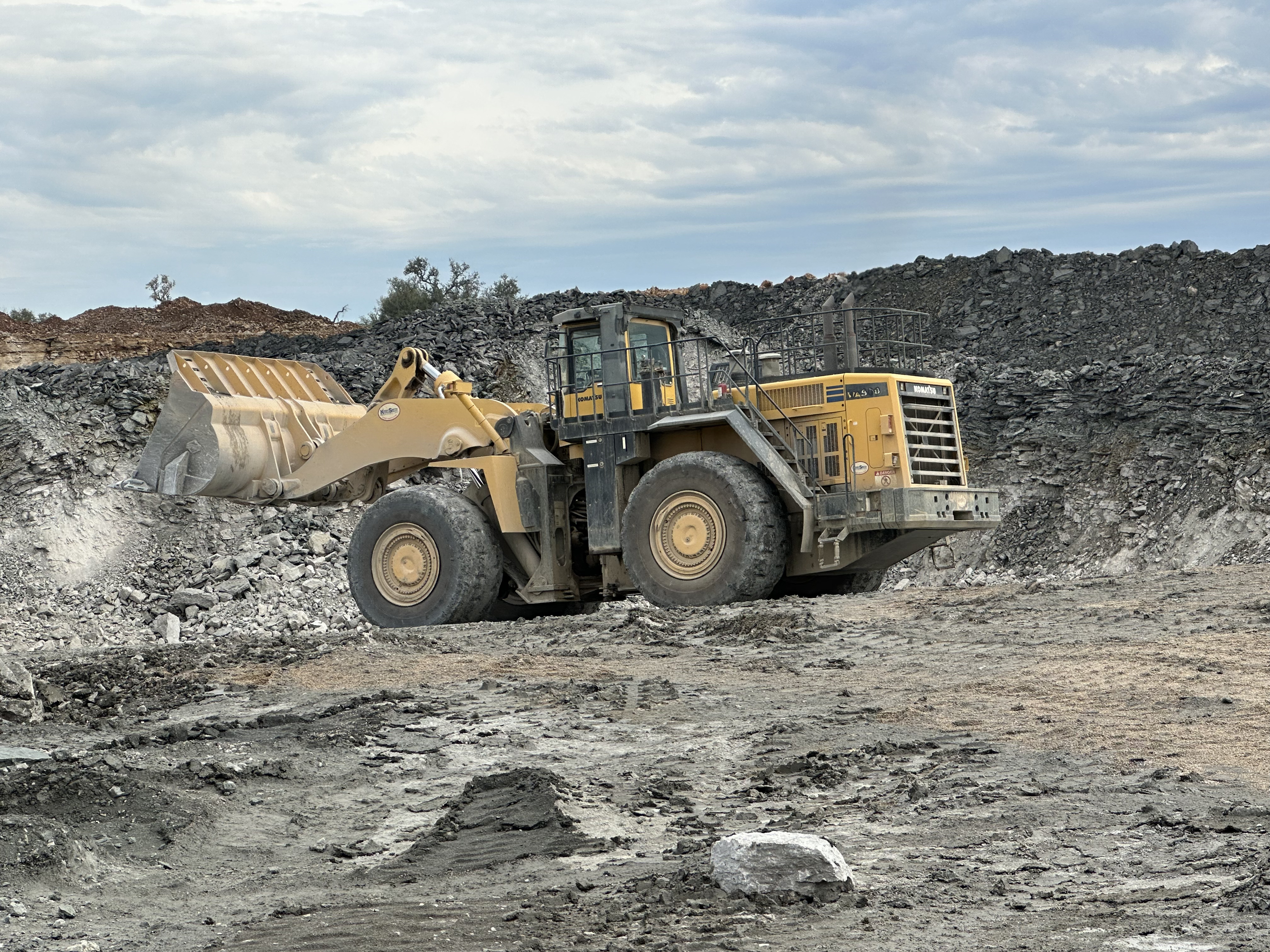




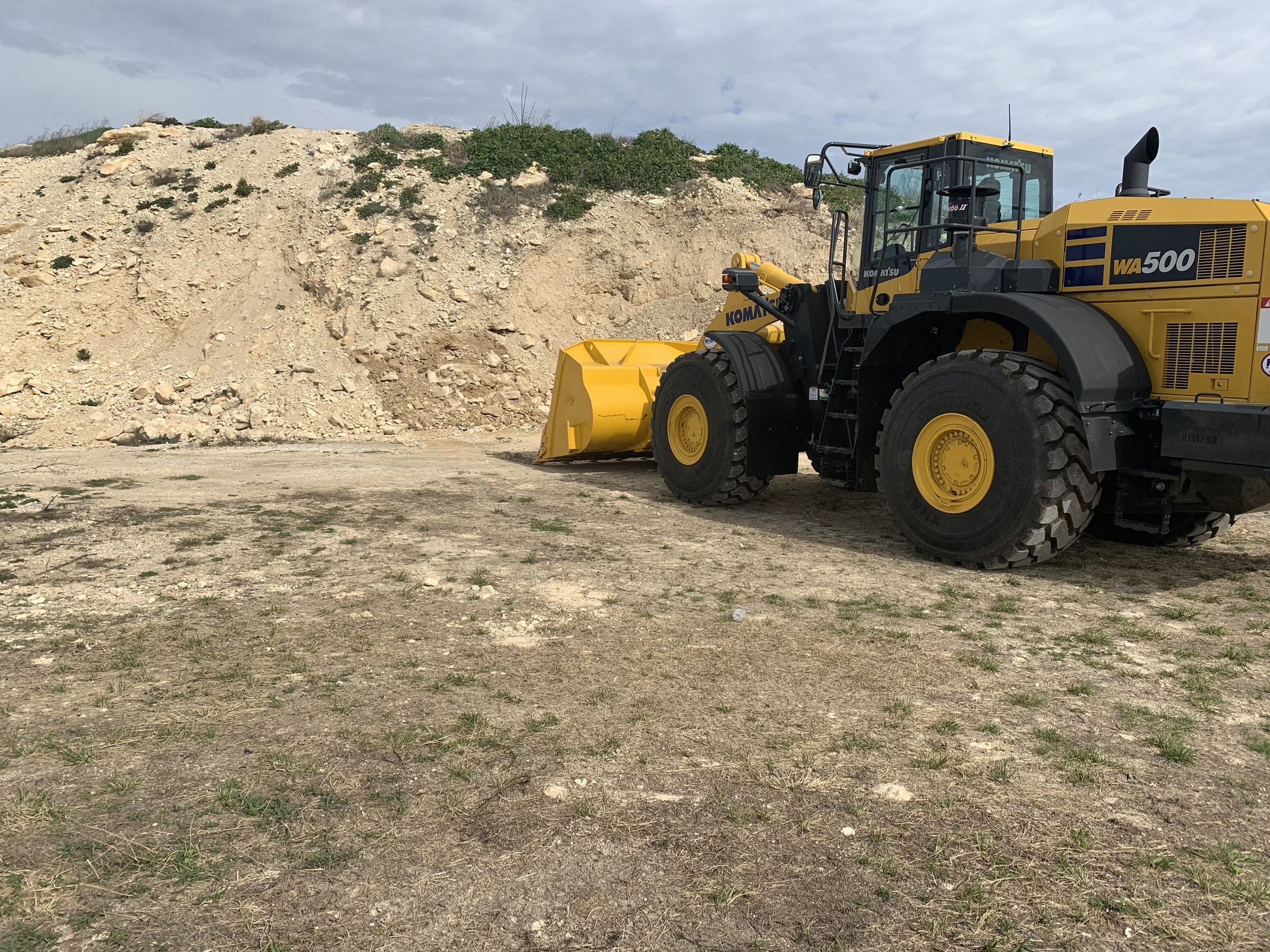
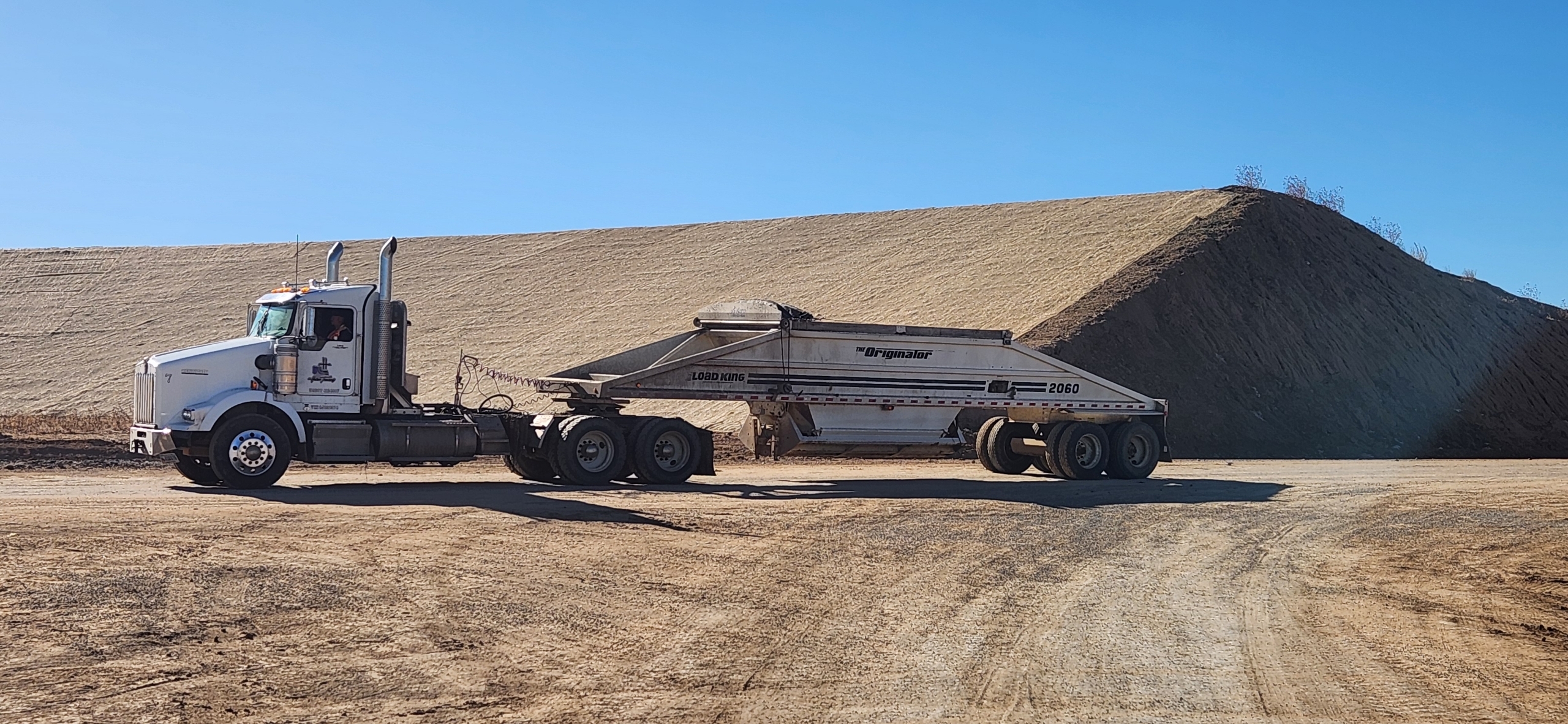
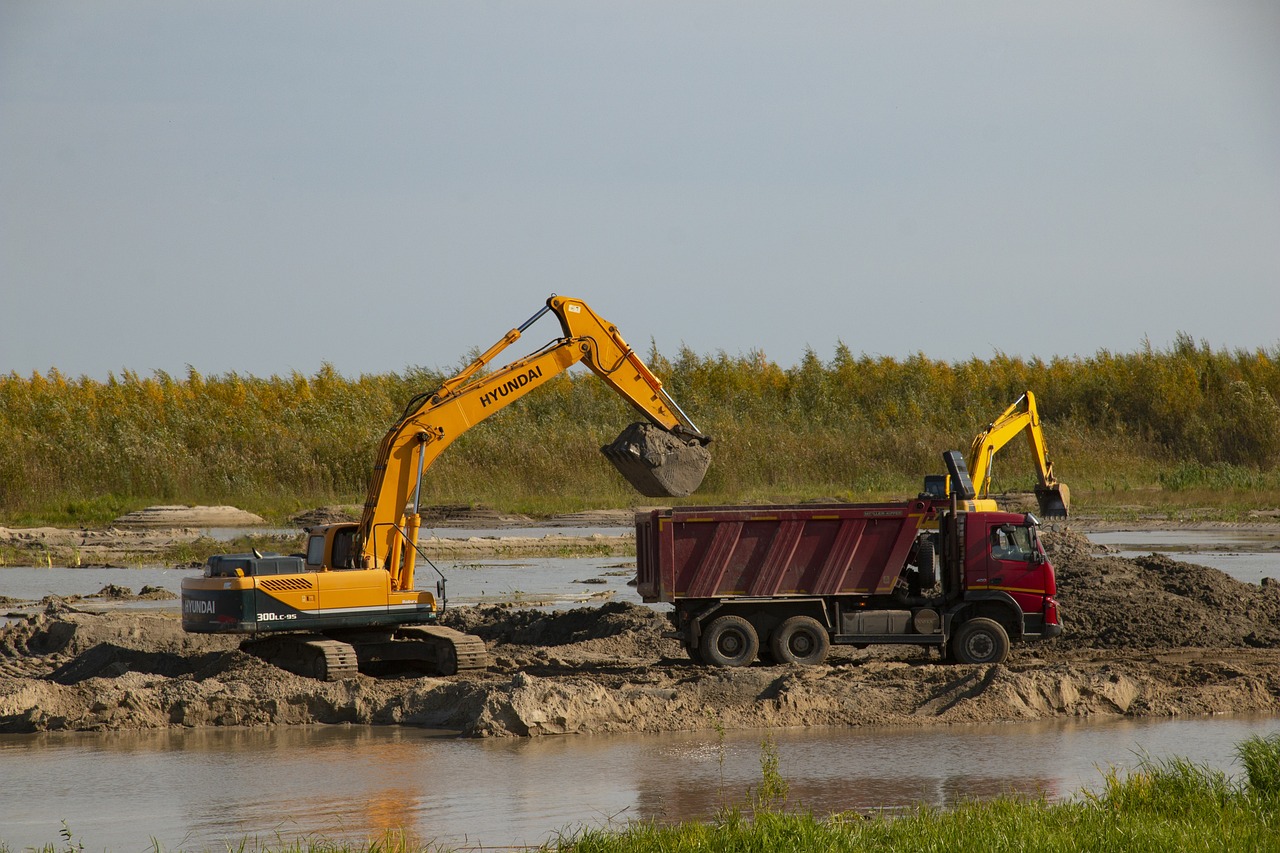

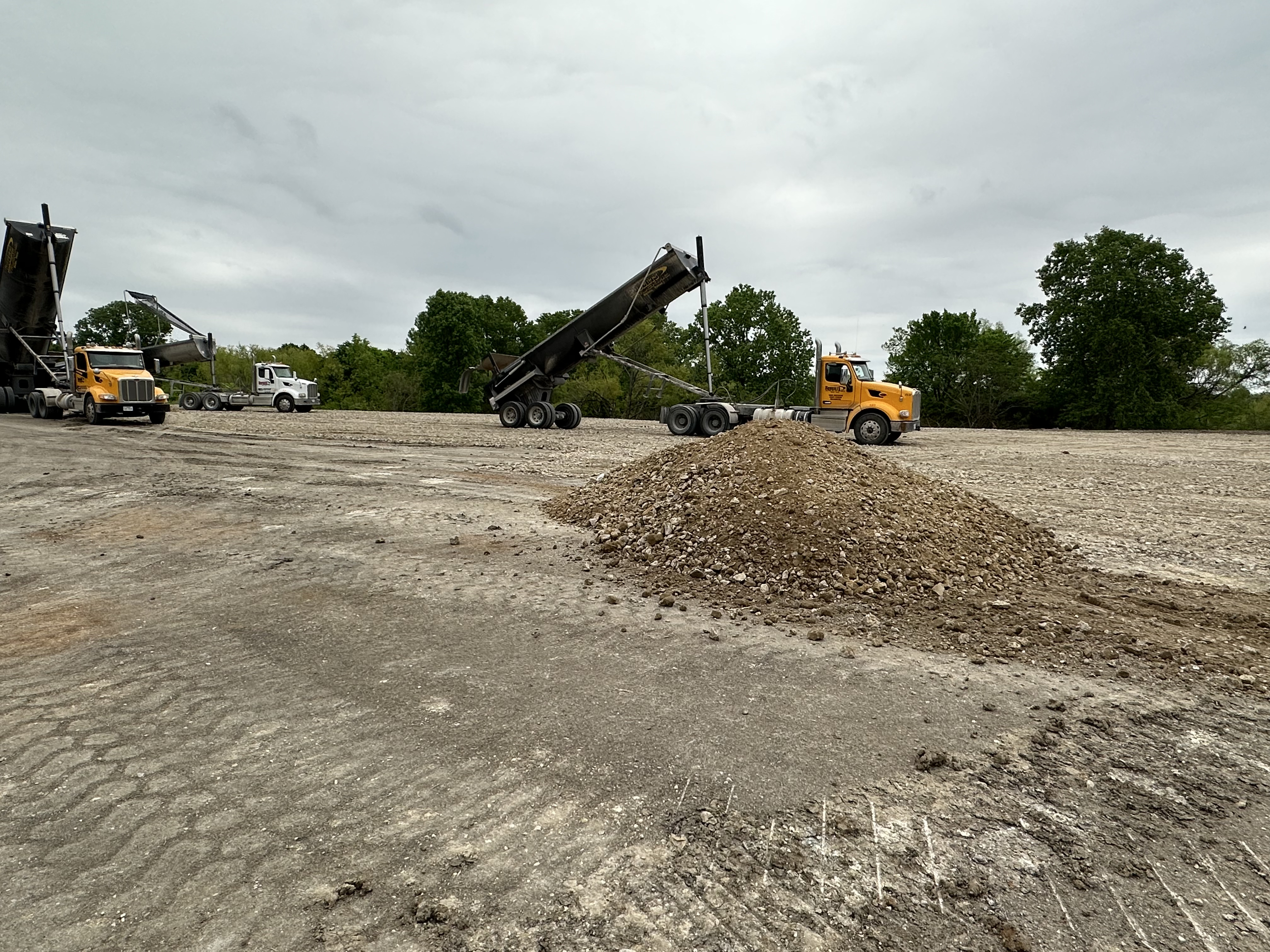

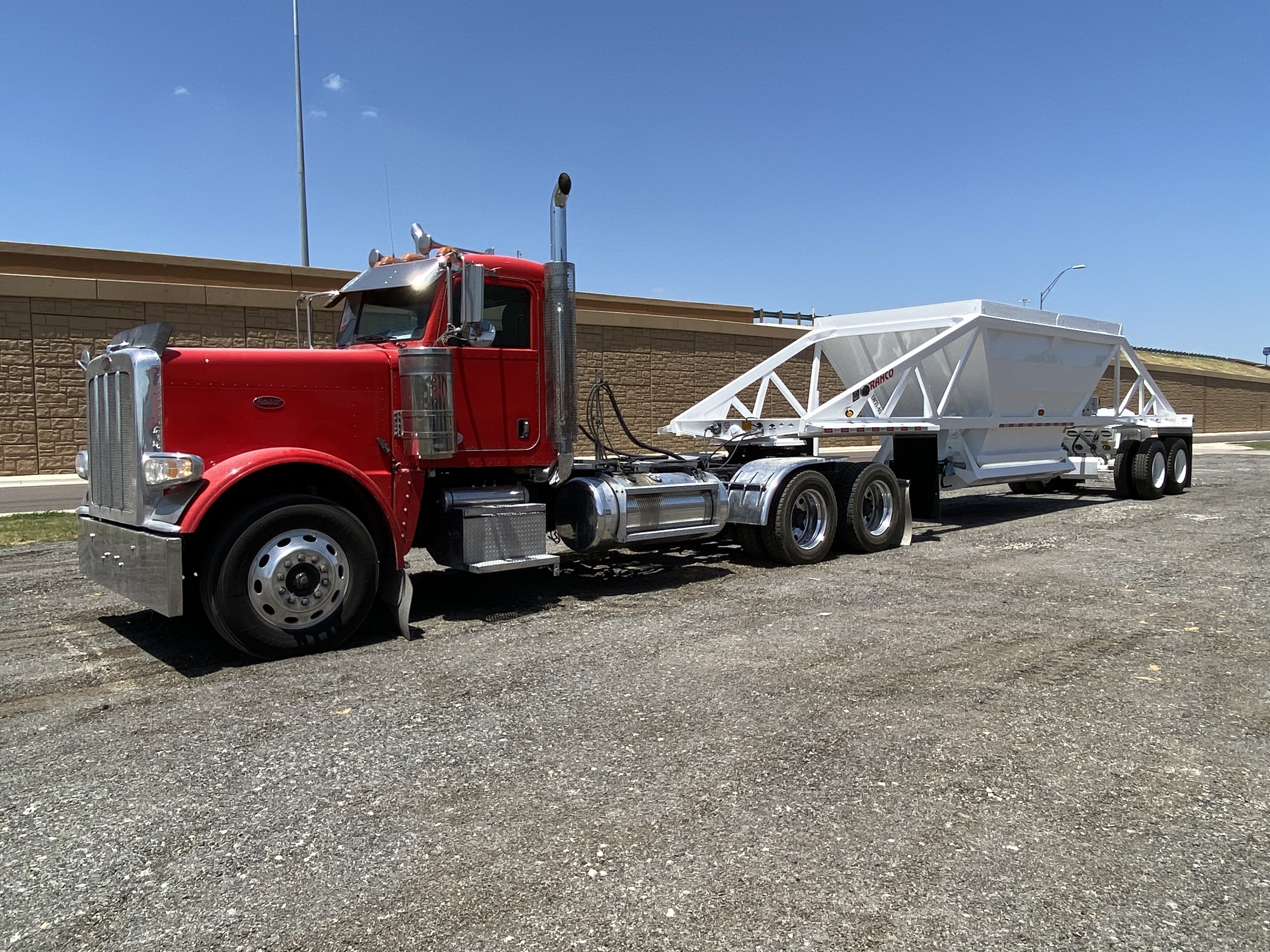
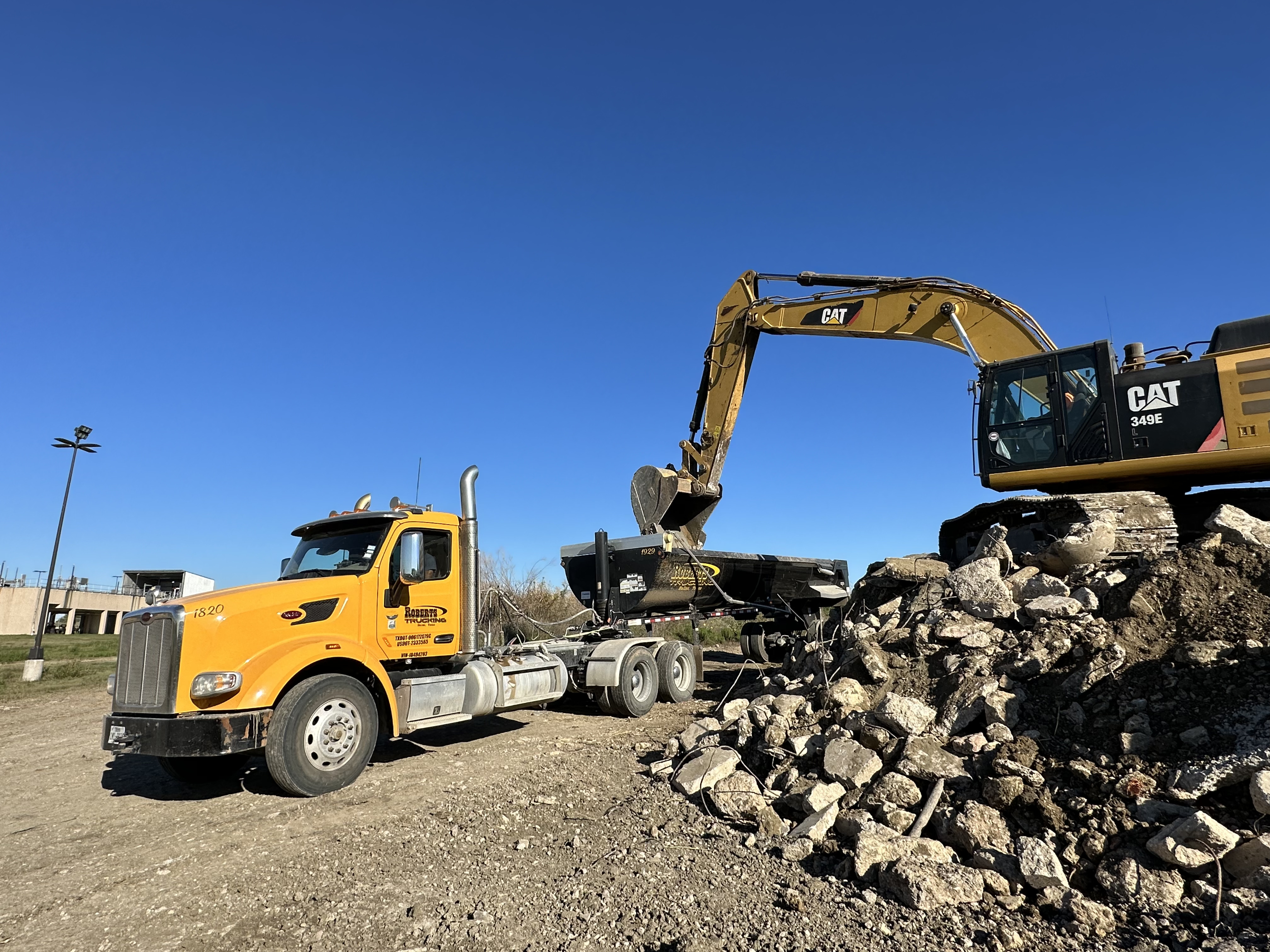
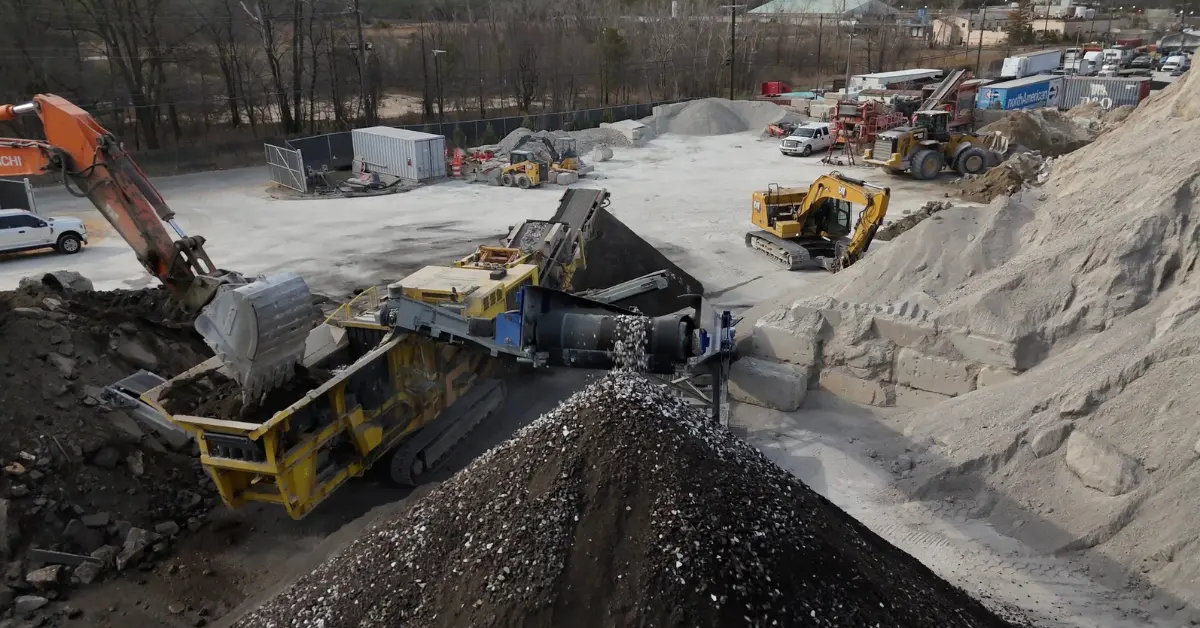
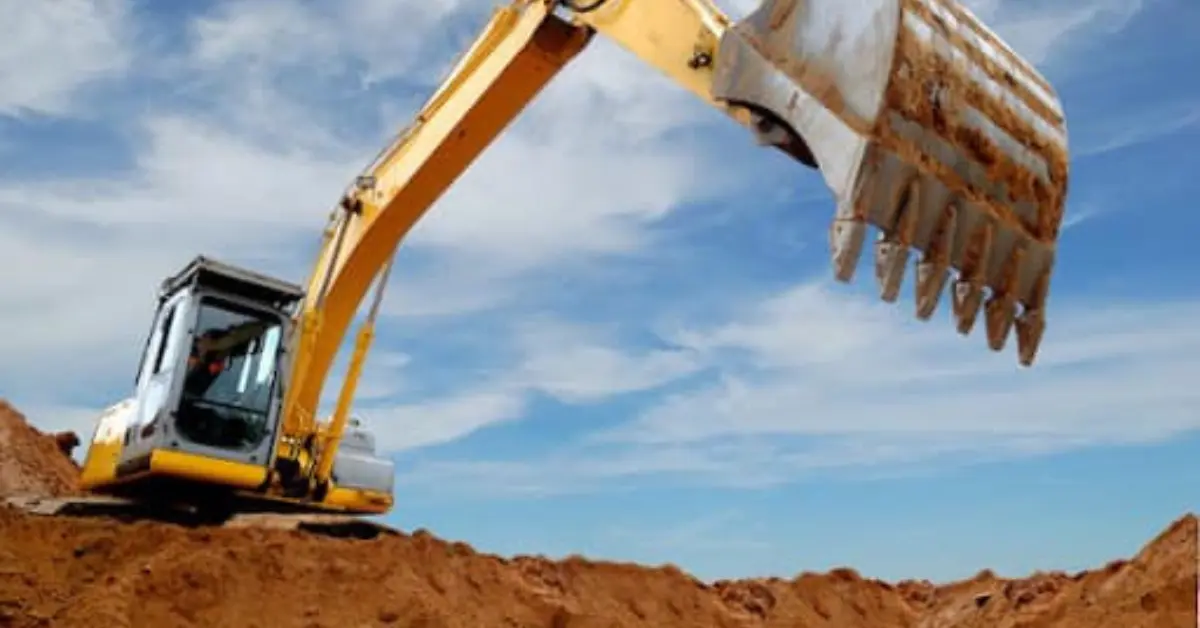
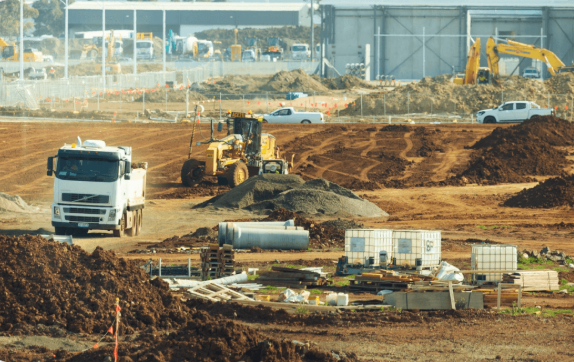
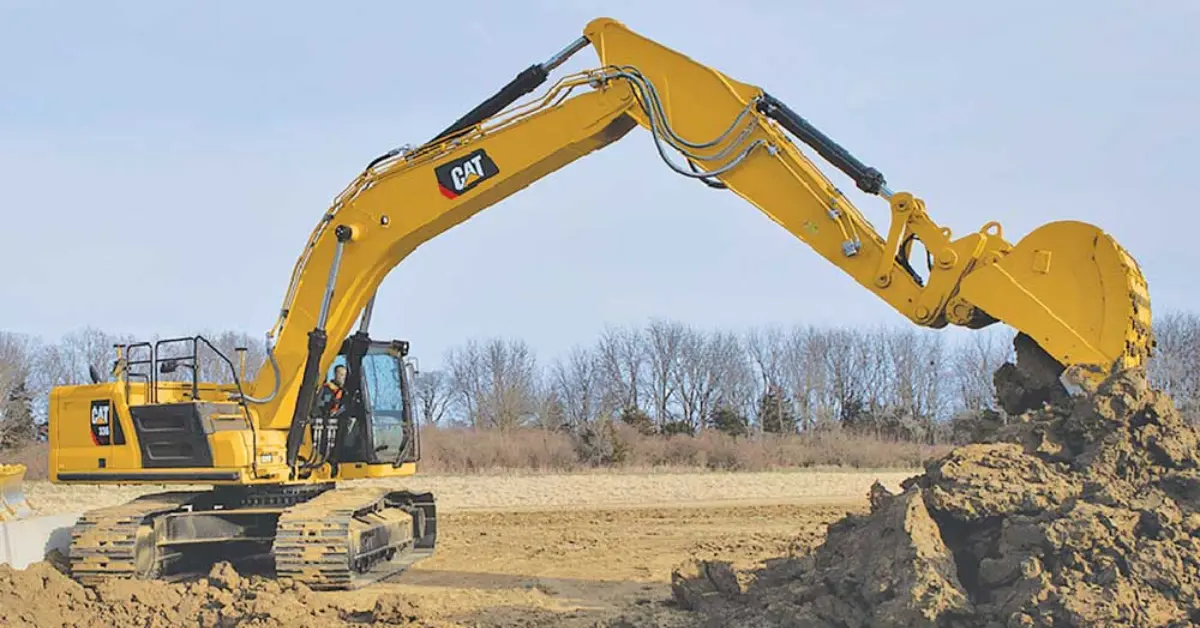
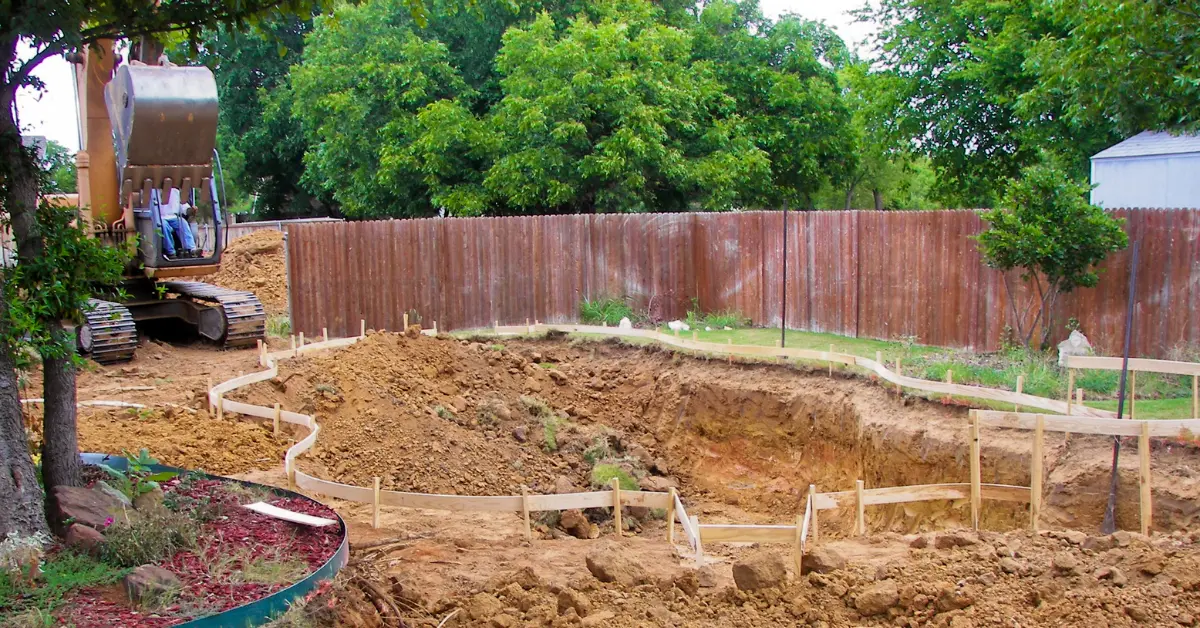
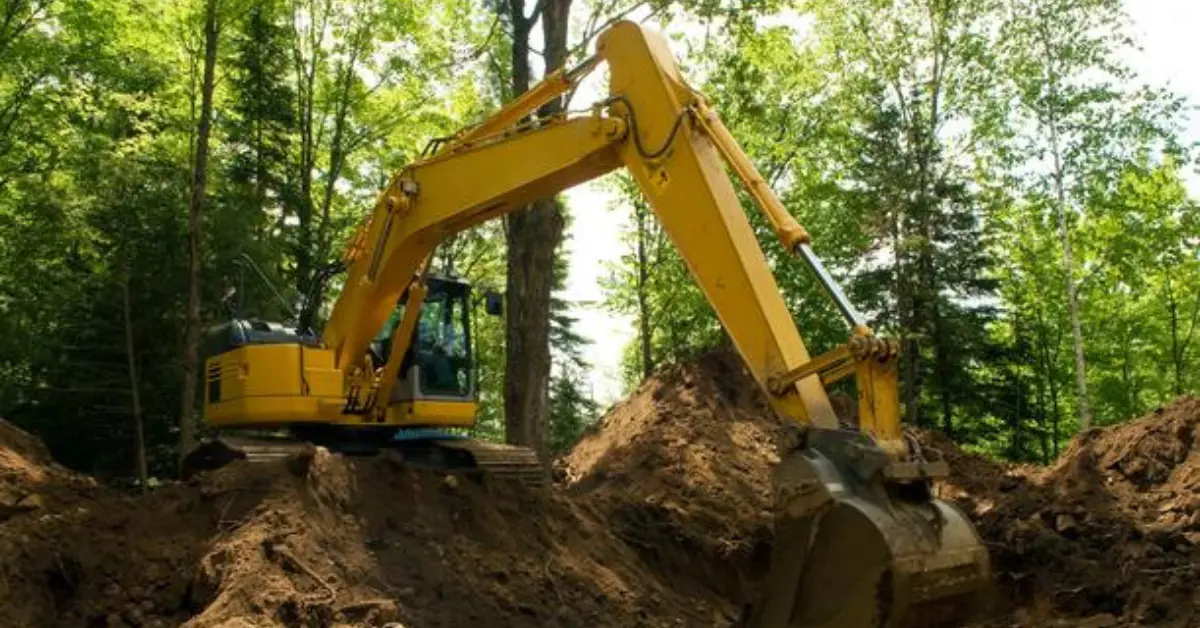
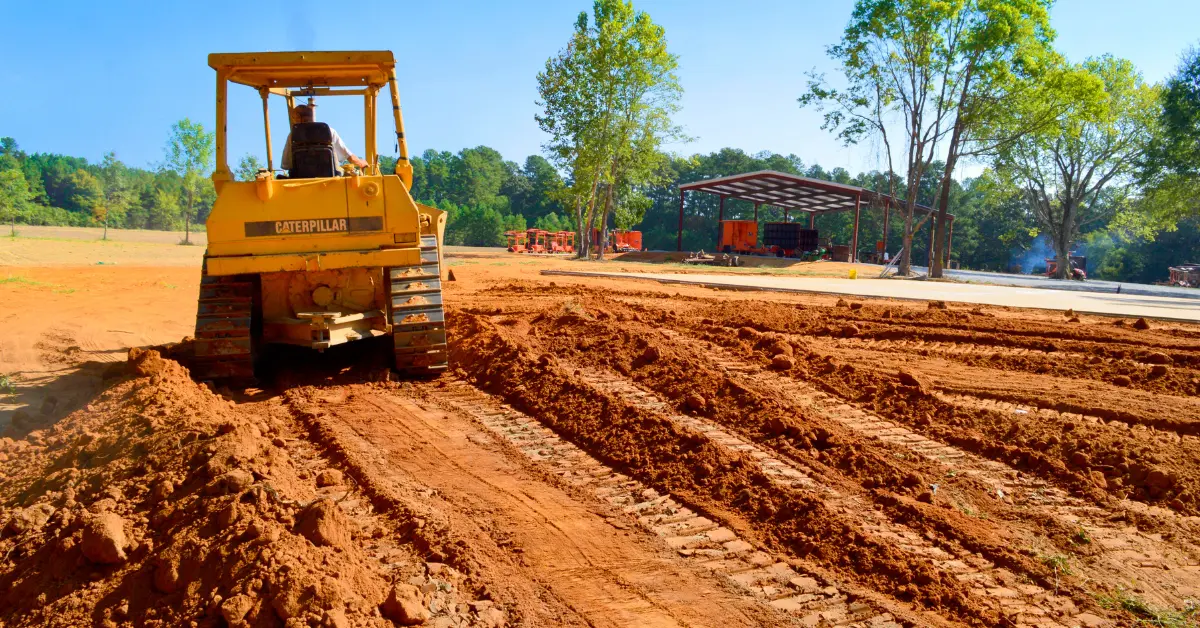
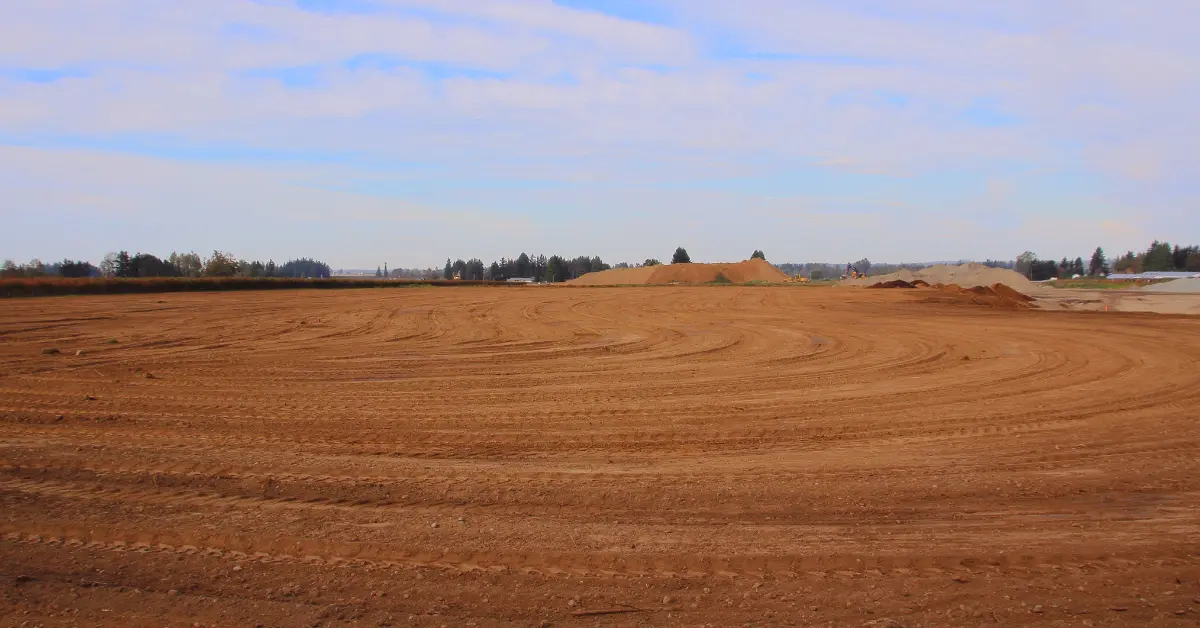



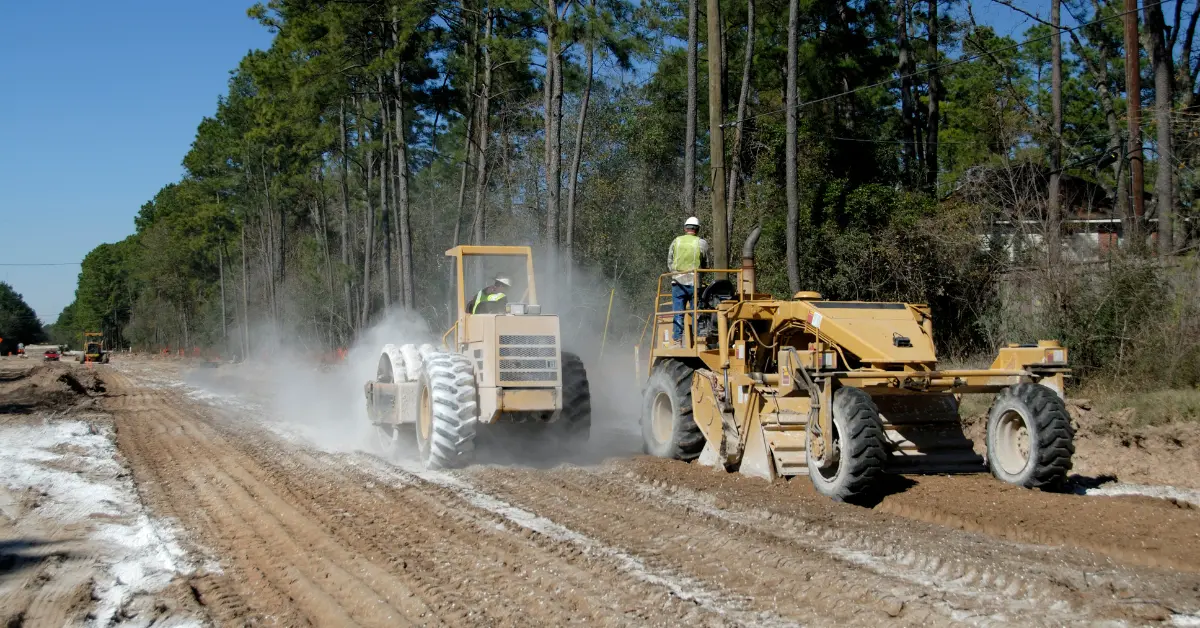




.jpg)

